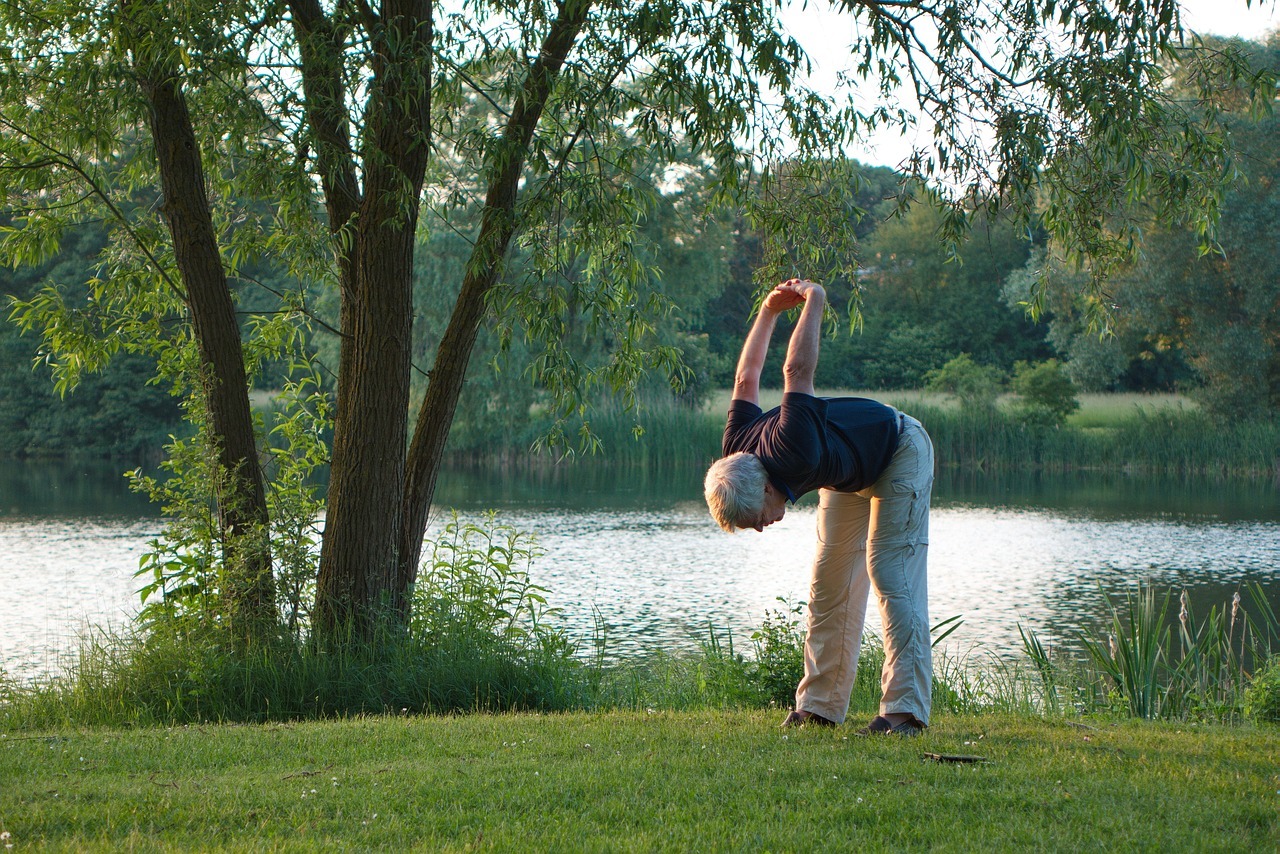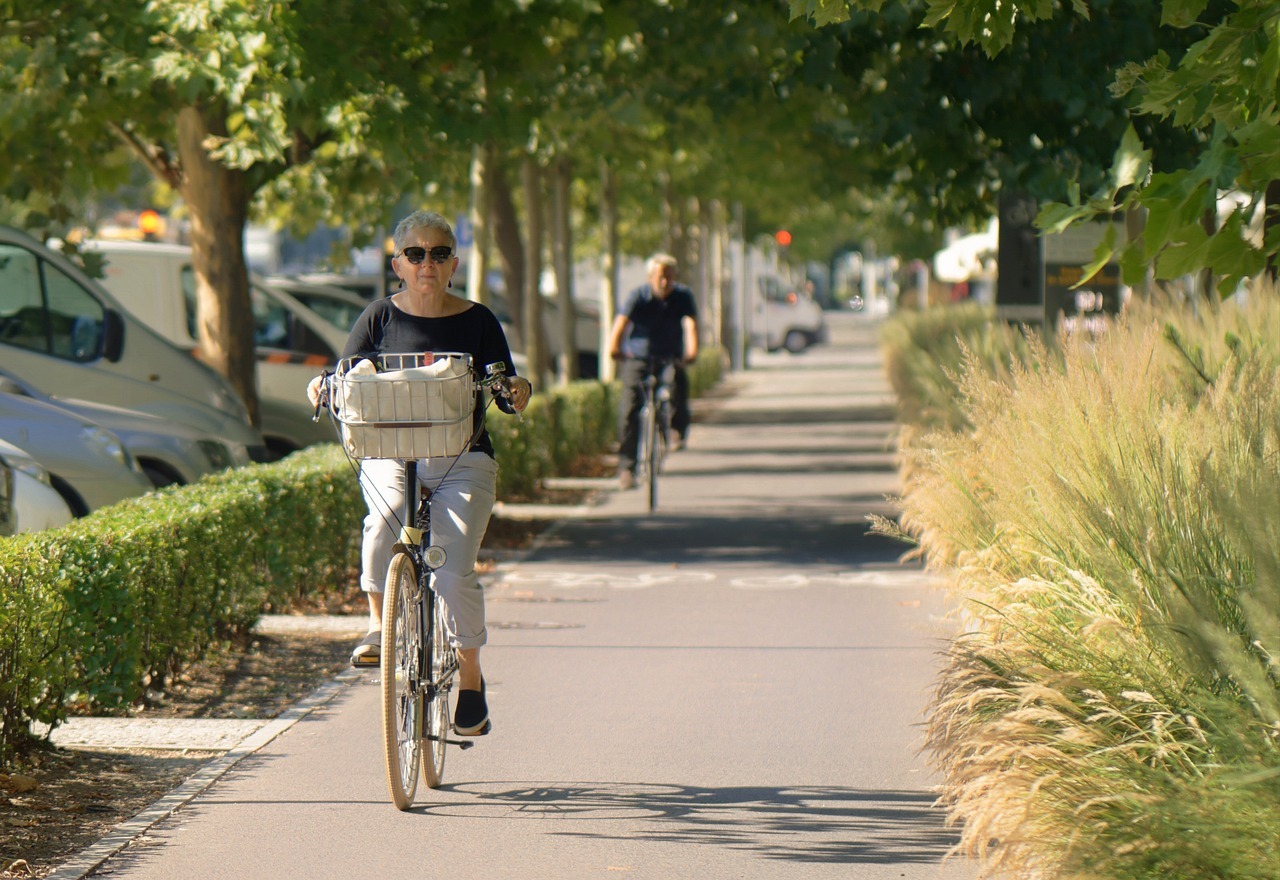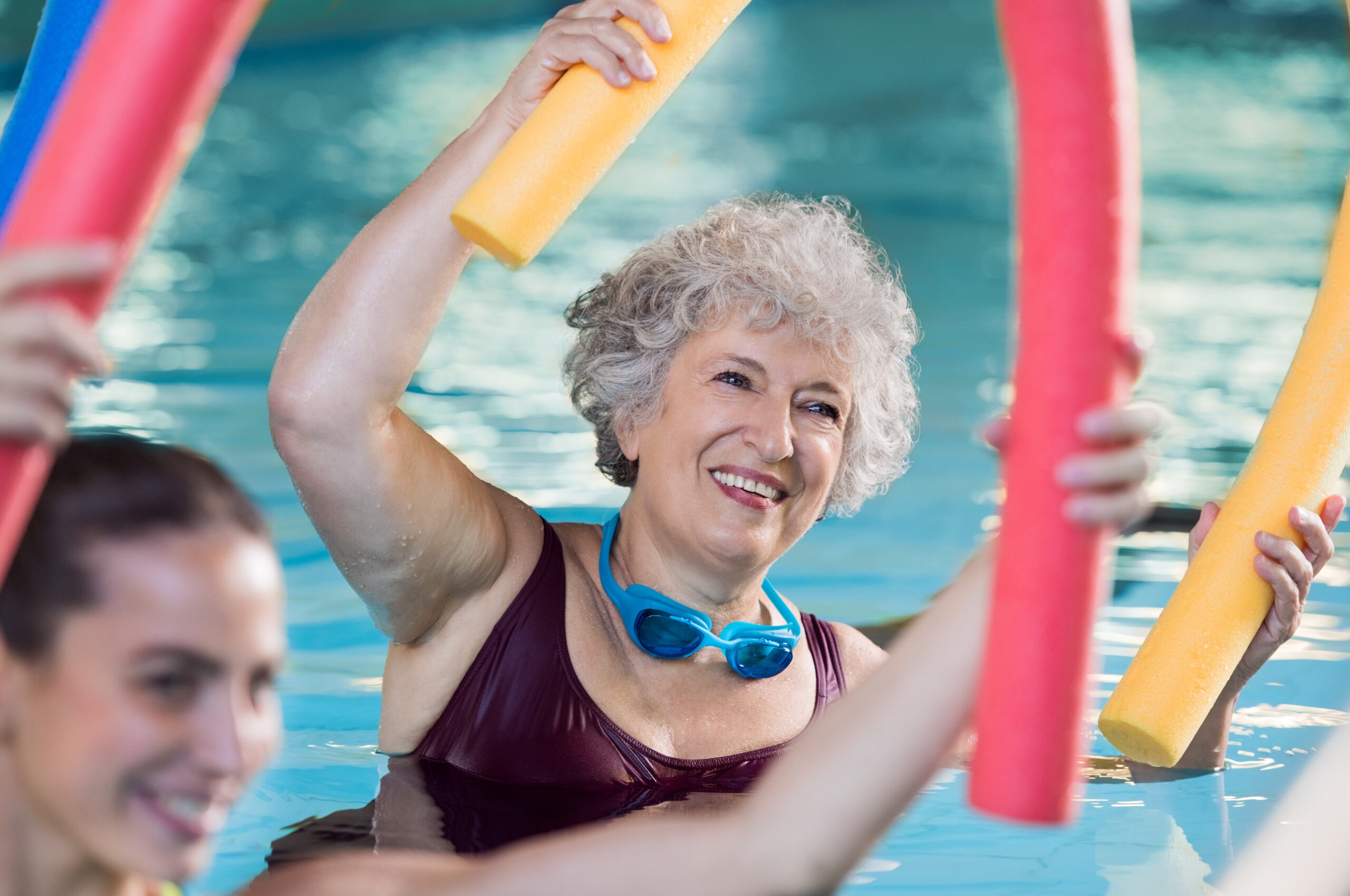Arthritis is a common issue for many seniors, bringing a flaring joint pain and stiffness. This discomfort can turn simple daily activities into strenuous tasks. However, there’s hope.
There are many exercises for seniors with arthritis that alleviate discomfort and promote active living. At the Earl Haig Retirement Residence, we believe in nurturing a culture of active aging. So we’ve curated a list of various exercises from simple ones you can do at home to sporting activities. This ensures those joints don’t hinder your enjoyment of life.
Understanding Arthritis
Age-related changes in bone-density and joint structures make arthritis common in seniors. Symptoms include pain, swelling, and stiffness around joints, which are persistent in nature. Considering that any kind of exercise requires some form of joint mobility, this can make exercise for seniors with arthritis uncomfortable or downright painful.
Diagnosing arthritis involves a combination of laboratory tests, X-rays, medical history, and physical exams. If pain or swelling around joints is experienced, consulting a doctor is advisable for a proper diagnosis and management plan.
Although arthritis encapsulates more than 100 different conditions, a few are more common among seniors:
- Osteoarthritis
- Rheumatoid Arthritis
- Gout
Osteoarthritis
Osteoarthritis is the most prevalent type of arthritis in seniors. Often appearing in the hands, hips, and knees.
The cartilage (a soft cushioning) that lines your joints can wear away due to overuse or age-related wear and tear. Seniors commonly experience a deterioration of cartilage, causing pain in the joints as the bones may come in direct contact with each other.
Rheumatoid Arthritis
An autoimmune and inflammatory disease. Rheumatoid arthritis causes the immune system to mistakenly attack healthy cells in the body.
Unfortunately, the physiological and immune system changes our senior bodies undergo make us more susceptible to inflammatory rheumatologic diseases.
Gout
Characterized by sudden flares and long periods of remission. Gout usually affects one joint at a time, often due to an excess of uric acid in the body.
Due to age-related changes in metabolism and kidney function, seniors may experience a higher level of uric acid in the blood, leading to gout.
Preventing Arthritis Progression
Sadly arthritis is a condition without a cure. Managing arthritis is done through treatments and lifestyle changes.
The treatment spectrum encompasses medication, weight reduction, exercise, and in severe cases, surgery. By adhering to a well-rounded treatment plan, the progression of arthritis can be managed effectively.
Treatments
The primary goal of treatment is to minimize pain and inflammation while preserving joint function. Any treatment will require a consultation with your doctor. Types of treatment include:
- Medication
- Physical Therapy
- Surgery
Regular medical check-ups can also help in monitoring arthritis progression. Allowing you to adjust treatment plans accordingly.
Lifestyle Changes
Managing or reducing the symptoms of arthritic pain in seniors can be done through a few lifestyle changes. These changes primarily focus on reducing inflammation and strengthening the muscle around the joints to ease pain.
- Walking Aids
- Weight Loss
- Exercise
- Anti-inflammatory Diet
In addition to lifestyle changes, there are a few home remedies such as hot/cold packs and stress management techniques that can ease arthritis symptoms.
How Does Exercise Help Arthritis Management?
Regular physical activity for arthritis management helps by keeping the muscles around affected joints strong. Which can also help control joint swelling and pain.
exercises for seniors with arthritis actually replenishes lubrication to the cartilage of the joint, reducing stiffness and pain. So maintaining consistency in your exercise routine is key to nourishing the cartilage with the nutrients it needs. Long-term this aids in alleviating the discomfort associated with arthritis.
Such exercises have the added benefit of reducing the risk of various health conditions like coronary artery disease, hypertension, diabetes, and more. Furthermore, exercise helps to enhance energy and stamina by decreasing fatigue and improving sleep.
Preparing for Exercise
Seniors with arthritis should seek medical advice before diving into a new exercise regimen. Your doctor can best advise you on the types of exercises suitable for your specific health condition.
Always do a warm up before you exercise. Warming up is an essential step to prepare your joints and muscles for the workout ahead. A good warm-up routine can include some gentle stretching and range of motion movements. This helps you gradually ease into the exercises, preventing strain or injury.
Mobility Exercises at Home
Maintaining joint mobility is essential for seniors with arthritis. Exercises for seniors with arthritis improve flexibility and strength, which in turn helps in reducing arthritis symptoms. Over time, they can contribute to better joint function and less discomfort.
The following exercises are for complete beginners. Designed to be gentle on the joints while still promoting movement and strengthening the muscles around them. These exercises can be done daily.
- Fist Close and Open: Great for hand and finger joints. Make a fist, hold for a few seconds, then straighten your fingers.
- Wrist Bends: Extend your arm, palm down. Gently bend the wrist, hold, then return to the starting position.
- Sitting Stretch: While seated, extend one leg and reach towards your toes. Hold, then switch legs.
- Step-ups: Using stairs or a sturdy platform, step up with one leg, then the other. Step down and repeat.
- Ankle Circles: Lift one foot off the floor and rotate the ankle clockwise, then counter-clockwise.
Everyday Exercise for Arthritis
Engaging in regular, low-impact exercises is crucial for managing arthritis symptoms. Exercises that strengthen the muscles around the joints will ultimately lead to a decrease in pain and an enhancement in overall mobility and quality of life.

- Walking
- Biking
- Yoga
- Tai Chi
These exercises are beneficial as they do not put undue stress on the joints while still promoting movement and activity. Aim for a frequency of 150 minutes per week. Start slow and listen to your body.
Sporting or Fitness Exercises
High-intensity but low-impact exercises for seniors with arthritis are fine if you’re looking to elevate your physical activity. Despite the intensity, they’re safe as long as you know your limits. The recommended frequency for older adults doing vigorous exercise is 75 minutes per week.
- Bicycling: Both stationary or regular biking can be intensified by upping the speed or resistance.
- Elliptical Trainer Workouts: Elliptical trainers offer a low-impact, high-intensity workout suitable for varying fitness levels.
- Dance Classes: Dance classes are a lively way to improve joint mobility, balance, and cardiovascular health.
- Gym Circuit Training: A mix of cardio and strength training can be adapted to be joint-friendly.
- Hiking: Moderate trail hiking is great for outdoor enthusiasts to improve joint mobility.
- Strength or Resistance Training: Lifting light weights or using resistance bands will improve functional fitness and build the muscle around your joints.

Water-Based Exercises
Water-based exercises are an excellent choice for seniors with more severe arthritis as the water’s buoyancy supports the joints. Having that additional support makes it more comfortable on irritable joints as you’re not holding your own weight.
- Water Aerobics: A group water aerobics class can enhance joint mobility, strength, and cardiovascular health.
- Swimming: Swim laps at your own pace for an effective full-body workout that’s gentle on the joints.
- Wading in the Pool: The water supports your weight, making it easier to walk without experiencing pain.

Pushing Through Pain or Not?
Exercise should be challenging without causing extreme pain. It’s essential to listen to your body’s signals. Uncomfortableness or slight pain is ok, it should be unbearable. If severe pain is experienced during or after exercise, you’ll need to ease up. Pushing through severe pain can lead to further joint damage or injury.
Try alternative exercises or resting if your pain increases. Consult your doctor if you experience consistent, increasing pain during or after exercise.
Activities and Foods to Avoid
Certain activities and foods will actually exacerbate your arthritis symptoms. It’s advisable to consult with a healthcare professional to personalize a diet and exercise plan that suits your needs and condition.
Activities
Avoid high-impact sports or activities that put excessive strain on the joints. Any activities with percussive force acting on your joints is going to be bad for your arthritis. This includes running on hard surfaces, jumping, and heavy weight lifting.
Foods
Foods high in sugar, saturated fats, and trans fats can trigger inflammatory responses, worsening arthritis symptoms. Nightshade vegetables or dairy products have also been known to exacerbate their symptoms.
Exercises for Seniors with Arthritis
Arthritis doesn’t have to be a roadblock in your journey towards healthy aging. The right blend of diet and exercise can help manage most arthritis cases. Don’t let arthritis hold you back.
Coquitlam’s senior-friendly fitness centres have many programs and gyms perfect for older adults. Or you can follow our guide for simple exercises to do at home. Embrace the exercises and lifestyle changes that cater to your needs, and continue living life to the fullest.



